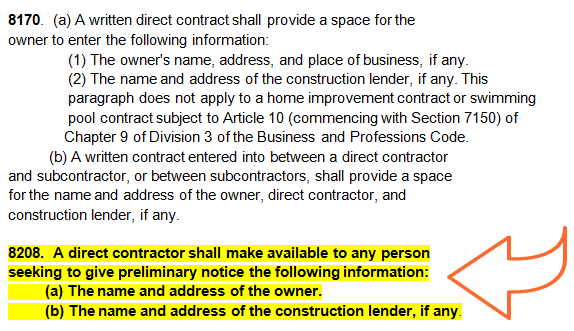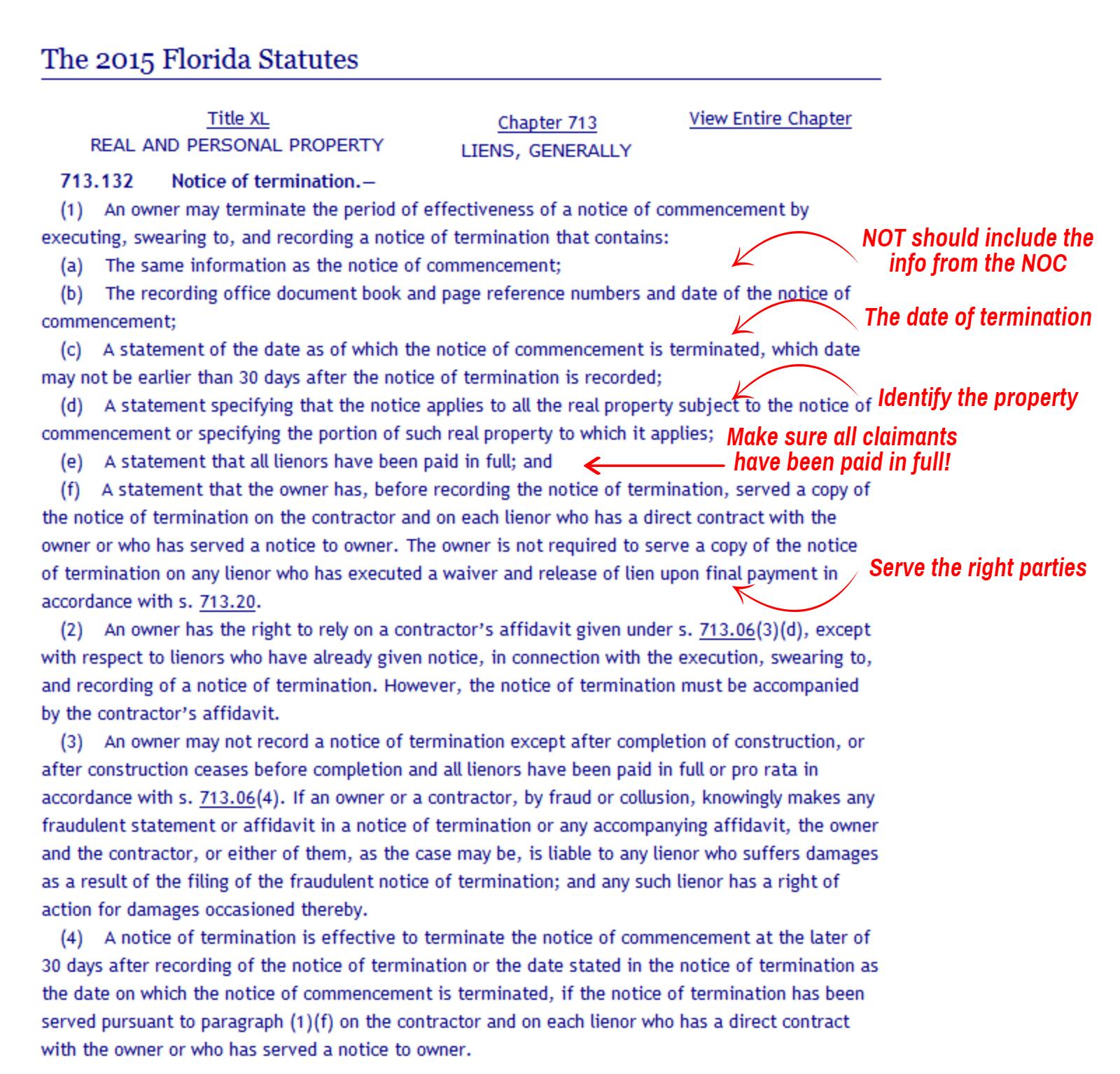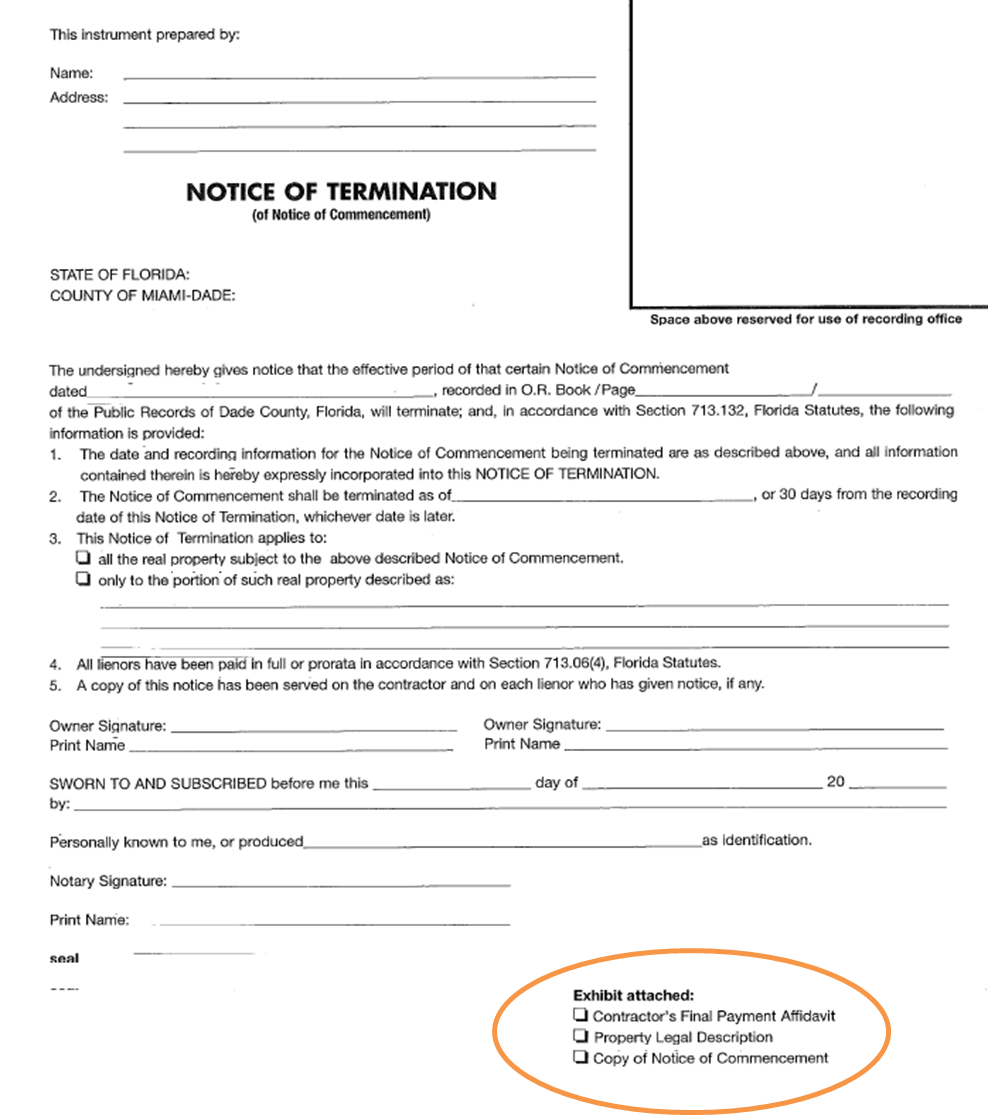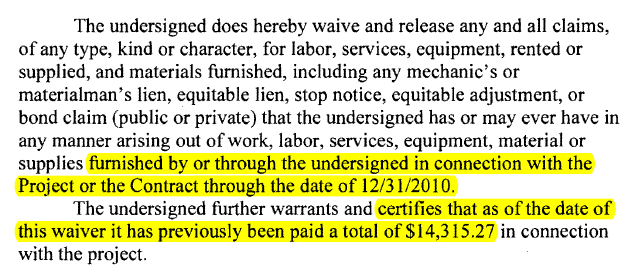
“I’m not going to file a mechanic’s lien, my customer says he is going to pay me by the end of the week.”
Time and time again, I hear some version of the same story: “I’m not going to file a mechanic’s lien, my customer says he is going to pay me by the end of the week.”
And the “end of the week” becomes the end of next week or the end of next month. The lien deadline creeps up, statute is unforgiving, and days before the last possible moment…
“I’m going to wait, there was a mishap with payments, but my customer said he has it squared away and I will see payment soon. You can let the mechanic’s lien deadline expire.”
And then it happens. Bam! Lien deadline has passed, no payment was made, it is the proverbial “up a creek without a paddle”. This is precisely what has happened (and is ongoing) to several construction companies in Connecticut.
The “BackStory”
You may or may not be familiar with Back9Network Inc. “…golf’s premier lifestyle and entertainment destination… Back9Network joins ESPN, NBC Sports and YES Network in Connecticut, which is quickly becoming the sports media capital of the world.” And, you may or may not be aware that Back9Network filed for bankruptcy protection at the end of 2015.
The bankruptcy petition indicates Back9Network has assets and liabilities between $10M-$50M. To be more precise, the company has assets of approximately $15.7 million and unsecured creditors (i.e. those that did not file UCCs or mechanic’s liens) are owed approximately $14.8 million – this is of course, absent those that have secured claims, like the State of Connecticut, who secured over $4.7 million with a UCC filing, which means the liabilities outweigh their assets.
Needless to say, basic math tells me there won’t be enough money to pay the unsecured creditors in full. With that in mind, let’s circle back to the construction companies I mentioned above.
To Lien or Not to Lien
Back9Network was a new venture and required a studio for their production. Back9Network hired contractors, who in turn hired subcontractors and material suppliers, to build their studio in Hartford, CT. Steel beams, drywall and architectural designs are just a few of the contributions that would go unpaid.
Back9Network hit the financial skids, obviously, and were unable to pay the contractors, subs & material suppliers. Fortunately, these parties supplying materials and labor took steps to secure their rights to a mechanic’s lien, right? Well… no – as in no, the parties did not file mechanic’s liens.
But, why? Why wouldn’t these parties secure their lien rights? Especially when working capital is crucial to the construction industry:
“Construction is all about cash flow,” Salamone said. “Cash is king… If you don’t get $50,000 in, that’s a big nut. That’s a weekly payroll. That’s a yearly salary for one of our guys.” – Glenn Salamone, QSR Steel Corporation
If “cash is king”, why wouldn’t you protect your mechanic’s lien rights? Because filing a lien will “rock the boat”.
Do as I Say, NOT as I Do?
Allegedly, the general contractor, Associated Construction, “encouraged” its subs and material suppliers to not file mechanic’s liens.
In an interview with WNPR, Glenn Salamone of QSR Steel a subcontractor, said Associated Construction, asked him not to file a mechanic’s lien:
“He said to me, if we do that, it’s going to scare the investors away,” Salamone said. “It’s going to rock the boat, and chances are nobody’s going to get paid.”
Out of curiosity, I ran a query through LienFinder™ and discovered two parties did, in fact, file mechanic’s liens on this project. As you may have guessed, Associated Construction did not heed their own “advice”, and filed a mechanic’s lien in February 2015 with a claim amount over $400,000.
This quote from Mr. Salamone sums up the frustration “He essentially covered his ass,” Salamone said of the leadership at Associated Construction.” – courtesy of WNPR
Despite this “advice” from the general contractor, the subcontractors & material suppliers should have taken steps to protect their mechanic’s lien rights. As you know, the mechanic’s lien encumbers the physical property that is being improved, and is not necessarily tied to the assets of an entity (although, to disclaim: in this case, the studio was leased by Back9Network, so there are lien/leasehold situations that may arise).
Lesson Learned: Back 2 Basics
It’s scary. Too often, companies are led to believe that by protecting their rights to get paid, they will jeopardize projects and relationships. Companies fear that sending preliminary/prelien notices and securing mechanic’s liens, will somehow align stars so that the world implodes. OK, that may be an exaggeration, but the fear is real and it shouldn’t be.
Mechanic’s Lien and Bond Claim laws are there to protect parties supplying to construction projects. If you take the steps to secure rights and get paid without having to enforce those steps, then no harm no foul, but if you don’t take steps and don’t get paid – well, you find you’re up that creek without a paddle.
All parties supplying materials or labor to a construction project should take the appropriate steps to secure their mechanic’s lien and bond claim rights – all parties, all projects, all the time, no exceptions.












